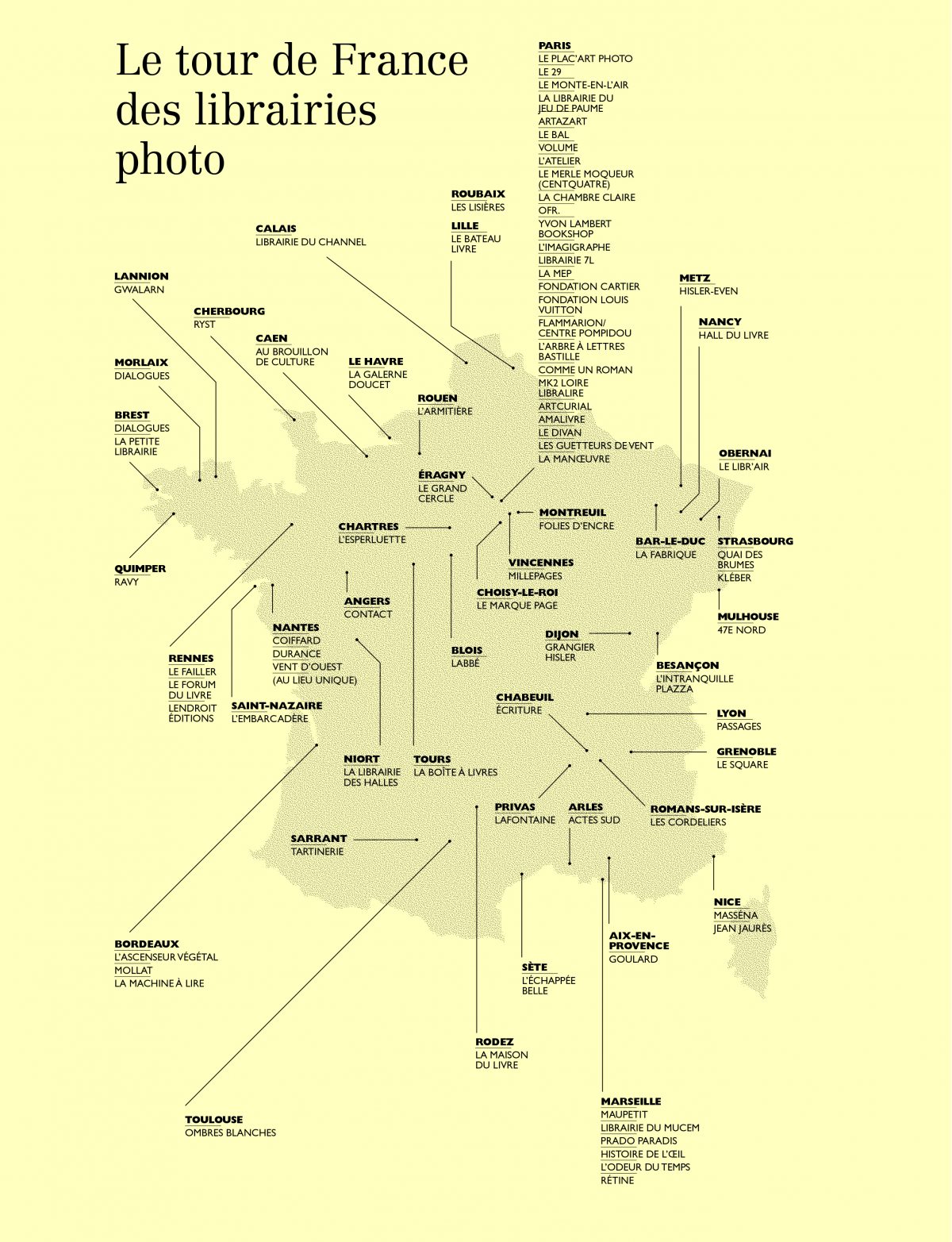The world of photography books has drastically changed. These last ten years, new digital devices of production, finance and distribution have appeared, that have changed it from being a niche market to becoming fragmented. Result: the supply has never been as enriching, in this tenuous economic situation. What is the publishers secret? What are their strategic elements? Here is the break down. This article is in our last issue.
“There has never been as many beautiful photography books“, exclaims Patrick Le Bescont, creator of Filigranes, a publishing house that has printed more than thirty authors per year in the last three decades. “The audience of photography has increased, but the number of libraries is in decline“, observes Xavier Barral, a major publisher from Hexagone. The specialised libraries like Marc Pussemier (Le 29) or Clément Kauter (Le Plac’Art Photo) even mention “over publishing“, in an economy that an observer like Rémi Coignet, organiser of the blog Des livres et des photos (some books and photos – ed), labels ‘dysfunctional’. What is happening to this world that designs, produces and sells all these exquisite photography books?
A feeling of déja-vu
Many factors having shaken the photography world these last ten years can explain this paradoxal situation of publishing photography – an overabundant offer in an economy crisis. The market for photography books has always been a niche market, as we have heard for a long time. Libraries and publishers agree to note that the costs are expensive to manufacture and distribute, and that the low number of buyers forces a high fixed price to attain a perfect balance – which means the income absorbes it’s expenses. There are some noteworthy exceptions with such works as La Terre vue du ciel, by Yann Arthus-Bertrand, or Genesis, by Sebastiao Salgado. But we can observe that “these large books no longer attract“, confided Nathalie Mayevski, that has recently left the publishing house La Matinière to found her own brand, imogene. “These large prints – we are speaking of several tens of thousands of copies sold – have dropped these last few years“, she confirms. A certain boredom of the public, a feeling of familiarity, or just a effect of a crisis… “Even the co-editions with overseas have drastically dropped“, describes the editor. “The large publishing houses such as les Éditions du Chêne or Flammarion have deserted photography“, notes Marc Pussemier. “In the 1960’s, photography books sold themselves with several tens of thousands copies“, recalls Rémi Coignet. An era where there were less authors and that photography books were destined to “teach us” the world…before television or Internet took that responsibility. But this obsolete economic model allows today to emerge new formats. Access to new tools of digital manufacturing, from templates to printing, it has allowed numerous authors to try self-publication, with sometimes very promising results. “During Paris Photo, I receive around four or five photographers a day that offer me their publication”, reveals Marc Pussemier. This easy access and lowering of costs of production for limited series, often hand-made, have encouraged many photographers to become publishers to give their projects a futur.
The whole of the article can be found in Fisheye #27, currently in newsstands and available at Relay.com
Photo cover © Photopaper
Translated by Molly Sisson






